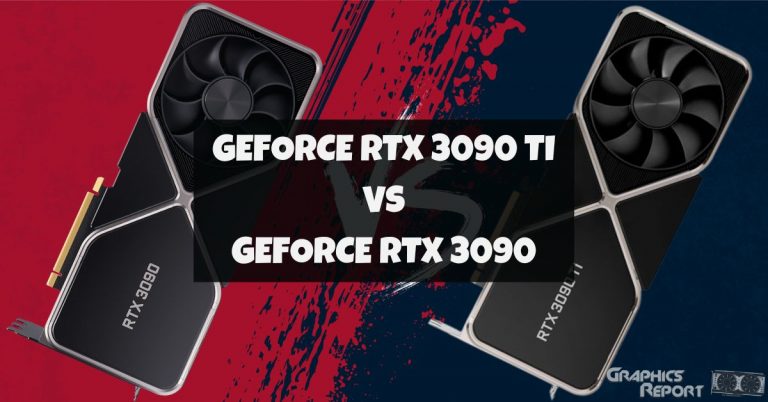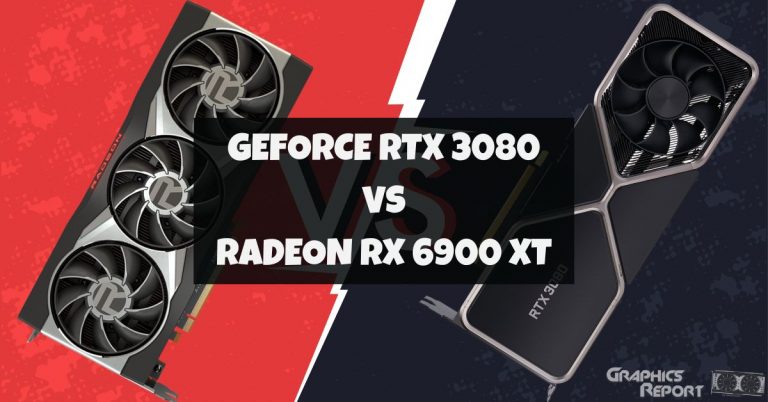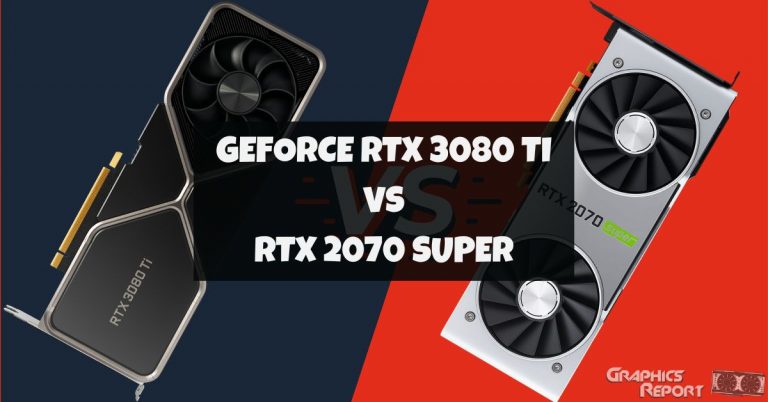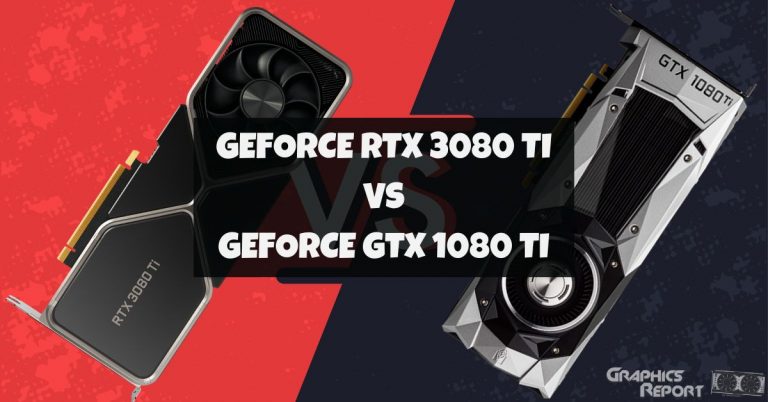
Nvidia has been killing it recently with the RTX series Graphic cards. They are showing no signs of stopping, and they recently announced RTX 4000 series, which is going to be unbelievable.
RTX 3000 graphic cards are already unstoppable, and one could only imagine what they are going to do next with even better generations of cards.
But you do have to take into consideration that not everyone has the ability to spend huge bucks on GPUs like RTX 3060 or above.
So what about the gamers that are limited by money and yet still wish to enjoy a good gaming experience? Maybe they are esports fanatics and don’t want to spend all of their budgets on a single GPU that will never operate to full potential?
Don’t worry; Nvidia still got your back, way before, when RTX was a hot topic in the market, there was the GTX series.
These graphic cards had a lot of options for all kinds of people. Anything you want, ranging from low to flagship devices, you name it. Even to this day, GTX 1080 ti is a beast and performs on par with RTX 2080, but that’s a story for another time.
This time I am talking about some entry-level graphic cards mainly focused on 1080p gaming or players that love competitive titles like CSGO, Valorant, Rainbow Six Siege, or Call of Duty.
GTX 1660 variants are the main topic of discussion in this article, 1660 super, and 1660 ti. Let’s discuss some features that separate these cards from each other before we dive into benchmarks
1660 Super vs 1660 Ti: Specifications
They are targeted towards a 1080p resolution scale, and this is where they perform exceptionally. Of course, you cant compare these graphic cards with the RTX series cards they will always be superior in terms of performance, but here the most important factor comes to play that sets a wall between these cards. Price.
Price plays a major role in why these cards are most desired and sought out at mid-range. The reason is they provide an amazing price-to-performance that makes them an absolute choice for gamers looking for entry-level gaming.
Let’s take a brief look at their specs before we further dissect these GPUs.
| GPU Name | 1660 Super | 1660 Ti |
|---|---|---|
| Price | Check Price | Check Price |
| CUDA Cores | 1408 CUDA Cores | 1536 CUDA Cores |
| Base Clock | 1530 MHz | 1500 MHz |
| Boost Clock | 1785 MHz | 1770 MHz |
| Video Memory | 6GB GDDR6 | 6GB GDDR6 |
| Memory Interface | 192-bit | 192-bit |
| Dimensions | 9 x 4.4 x 1.4 Inches | 9 x 4.4 x 1.4 Inches |
| Power Consumption | 125W | 120W |
| Required PSU | 300W | 300W |
The specs on paper seems almost identical, and it shouldn’t come off as a surprise, these cards belong to the same lineup of the same brand. 1660 super was released as an upgrade version of 1660 just as 1660 ti, which is also an upgrade, albeit a superior one in terms of specifications.
The only noticeable difference I can mention is the amount of CUDA cores. 1660 ti has more CUDA cores which ultimately affects the performance even though it’s minimal; 1660ti works faster and performs better overall than the Super variant.
Power consumption is similar, with both cards rated at 120-125w TDP, so if you are considering an upgrade to the Ti version, you should be fine with your current PSU.
1660 Super vs 1660 Ti: Clock Speeds And Memory
1660 super is like a rebranded 1660 but with better memory; here, instead of 6GB ddr5, this card utilizes 6GB DDR6 memory which is faster and works better in most games than 1660.
However, 1660 super and 1660Ti perform neck and neck with each other, and in some cases, 1660 super outperforms the Ti variant, which is a little surprising but looking at the clock speeds, it is not impossible.
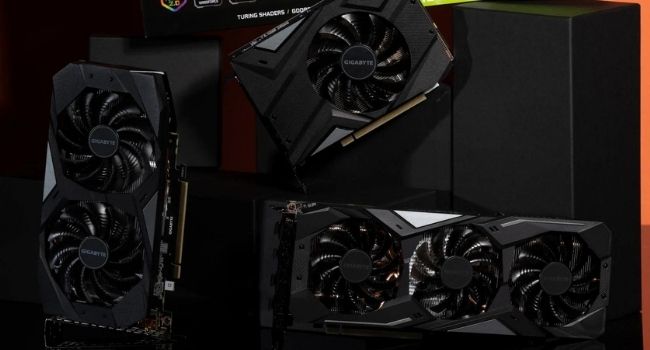
While 1660 ti has more CUDA cores, 1660 super has a higher base and boost clock speed than the Ti variant. So they are pretty much complimenting each other, but the actual performance in-game is a whole different story.
Keep in mind that because of having lower clock values than the Super variant, Ti has more headroom for overclocking if you ever feel the need in the future.
1660 super barely feels inferior in front of 1660 ti, which makes me question whether it is the right choice for someone to opt for 1660 ti when 1660 super exists and with a cheaper price tag? 1660 super In-game performance is proof that further solidifies
A similar read: Best RX 590 graphic cards reviewed with benchmarks
It is a perfect choice for mid-range gamers. Super variant even features higher memory bandwidth than all other 1660 variants at 336GB/sec, which is higher than 1660 ti and almost equal to RTX 2060 1660 ti is still a faster card when it comes to 1080p gaming or even to some extent, you can extend your resolution to 1440p with some minor graphical tweaks.
This is where those extra CUDA cores come in handy, in processing higher-quality images. Overall, both cards are identical in performance, but the price factor makes the 1660 super an endearing and popular choice.
1660 Super vs 1660 Ti: Video Outputs And Ports
You wouldn’t really invest money in GTX 1660 variants if you want to enjoy 4K resolution, Ultra realistic graphics. It’s not like you don’t want to, but these cards are less capable of achieving these milestones.
Leave it to the superior RTX series for 4k resolution entertainment, whether it is a game or some stream you want to enjoy. GTX 1660 Super and GTX 1660 Ti are targeted toward mid-budget gamers or those who are die-hard competitive players.
In this niche, these cards outshine everything else, especially in this budget ( unless you get a really good deal on used RTX 2060).
If you talk about video output ports, then these cards feature 3 ports that can support up to 3 monitors. Talking about 4K, this card does have HDMI 2.0b port which can support up to 4K resolution @60fps, not more than that, but this card isn’t capable of providing 4K 60 fps in any game.
No offense, but 4K is way above their capabilities, so HDMI 2.0B is a nice but useless edition for gamers. You can still display and stream videos at this resolution if you own a 4K TV.
This card also includes Display port 1.4a, which is the perfect choice for competitive players. Display port 1.4a is capable of delivering 240fps @ 1080p thanks to its high bandwidth of 32.40 GBPS.
You can also opt for 8K @ 60 fps using this cable, but only if you are watching videos. There is no way you can even try to open a game at this resolution on these poor souls.
These cards are highly capable of gaming in 1080p resolution scale (1440p to some extent, especially in low demanding games like CSGO or Valorant), so if you’re going for either one of the variants, you will be happy for the most part, and I am sure there will be no room for regret in future.
1660 Super vs 1660 Ti: Cooling And Temperatures
Maintaining cool temperatures are one of the most important aspects of PC gaming that most gamers don’t care about or either don’t know about. The lower temps you can achieve under high loads, the better performance you will receive. And not only just performance, but it also extends the lifespan of your component.
Thankfully, Nvidia cares about us and their products, so they have added quality heatsinks with dual fans inside both graphic cards. Both cards give similar temps when they are running under heavy load. The average limit the Nvidia claim is acceptable for a card to run is 93 degrees.
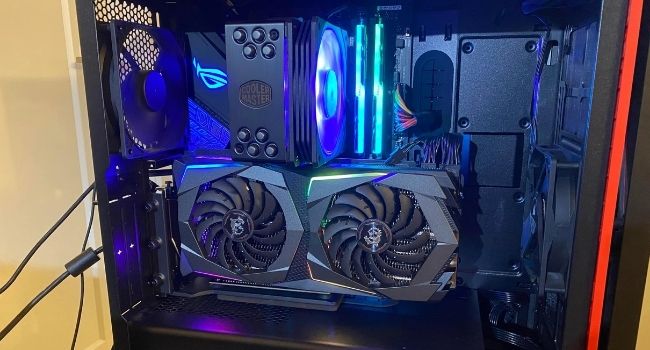
Anything under that is absolutely fine 1660 super and 1660 Ti both include a 2x fan cooling system, which can easily maintain low temps under high load. 1660 ti, however, uses slightly bigger fans than 1660 super, and those fans spin in alternate directions. So it is a bit more efficient in delivering better temps.
I do have to mention that the cooling factor is dependent on the variant of the cards. Most brands also have single fan variants of these cards, so to expect an efficient performance from them in comparison to the dual-fan is unfair.
In case you are interested: Best 1660 ti graphics cards for 1080p gaming
They have a cheaper price tag but at the cost of losing one fan. Single fan cards aren’t necessarily bad at cooling, but they tend to run hotter, so if you have a solid PC casing with positive airflow, you are good to go.
You might have to adjust some fan curves with third-party software to achieve expected results. If you could go for a dual-fan variant of 1660 super and 1660 ti even though they are a little pricey, GPU lifespan is an important factor that can only be increased if you take care of your card.
1660 Super vs 1660 Ti: Features And Pricing
Not only do these cards deliver exceptional 1080p performance in this range, but they also come equipped with various features that you might not be aware of. No, I am not talking about raytracing or DLSS.
Those features are strictly exclusive to the RTX series. Raytracing requires Tensor Cores, and RT cores which sadly the GTX series lacks, so it’s kind of a bummer. But there is more to it than meets the eyes.
Now, these cards are primarily targeted toward people who love competitive esports titles, so Nvidia introduced a feature called NULL (Nvidia Ultra Low Latency) what this feature does is optimize your latency by reducing it and improving your in-game response time further.

This feature is excellent, and when you pair it with a G-SYNC-enabled monitor, you will get amazing results, especially in competitive titles where a single second can decide a match victory.
Nvidia also officially added the support of Reshade filters that can be equipped in-game through the Nvidia GeForce experience panel. Reshade allows you to tweak your game colors to your desired effect, and also you can manipulate in-game lightning. Basically, you can transform your whole game color palette into something entirely different.
I am not sure, but you might feel like performance loss if you apply this feature, but honestly, it will be a minimal loss which is something our graphic cards can handle easily, especially the 1660ti.
Rival GPU manufacturer has introduced a feature for their GPUs called AMD FidelityFX Super Resolution (AMD FSR), which you can put as an indirect competitor for Nvidia DLSS.

It is not as effective as DLSS, but the good news is that FSR Is available on the GTX 1600 series and above, which might come off as shocking news to some because of how it can happen? It’s an AMD Feature, and you are telling me you can use it in your Nvidia graphic cards? Yes, because unlike DLSS, which is restricted to hardware, FSR is an open-source feature that doesn’t rely on hardware.
How FSR works quite similar to DLSS on paper, it sharpens the image quality while simultaneously reducing your in-game resolution to the point where you are getting more fps than before, but your image quality didn’t take a huge hit. It still looks quite good, and you are getting more FPS than you were getting before.
It is honestly a neat feature that is available in any game that supports it. Jam-packed with these neat little features and, on top of that, solid specs that give an amazing performance, these cards are identical on a specs sheet, but at the same time, they are different. How are they different? Well, here comes the factor that determines the value of these cards based on their capability and performance.
Price, currently these cards are hard to get due to the rough market situation and silicon chip shortages worldwide, but if you were to buy these cards, you could get GTX 1660 Super at around $450 to $500, while the big brother GTX 1660 Titanium is available around $540 to $580, all depends on the variants and number of fans.
Testing Setup:
Enough talking about specs and performance; let’s put all that information into a real test. I am going to run some benchmarks on these cards on my Gaming setup.
I have a pretty beefy setup that will test these cards to their full potential. Here are the specs if you are curious about what PC I am using:
- CPU: Intel Core i9 9900k
- Motherboard: ASUS Z390-F
- RAM: 16GB 3200Mhz
- GPUs: GTX 1660 Super and GTX 1660 Ti
Now let’s start some benchmarks, and we will test how good these cards are, at least on paper, they sound a good choice to pick, but real-time benchmarks are different most of the time
1660 Super vs 1660 Ti: Gaming Benchmarks
#1- The Witcher 3 (1080p)
Starting off with this beautiful game, Witcher 3 performed as expected it, nothing exceptional but both of our cards are going neck and neck with each other in this title. The average fps was around 68 fps/70 fps for the 1660s and 1660 ti, respectively.
It was quite obvious that our GPUs were being bottlenecked by the CPU, but both cards were giving their 100% usage at all times, so there is no doubt that these GPUs were performing to their full capacity.
Talking about the temps here, I didn’t see anything concerning here; despite running at 1080p ultra settings, both cards managed to stay around 60-68 degree range, which is absolutely desirable.
There is some headroom for some tweaks to be made if you want an even better experience because I am certain that our cards are capable of delivering even better results.
Like I told you about the AMD FSR feature, you can also utilize it for better effects but without compromising your image quality considerably.
One thing I noticed was that despite being running at all settings ultra, our cards were only utilizing 2GB VRAM out of 6GB which is surprising.
GTX 1660 Super: 66 fps
GTX 1660 Ti: 67 fps
#2- Battlefield 5 (1080p)
Battlefield 5 is a first-person shooter released back in 2018, so this makes another good contender for our benchmarking. It is a fairly new game than Witcher 3, so I was expecting similar if not better performance, but I was surprised after seeing the results.
Battlefield 5, in fact, did fairly better here, and the FPS count was around the 75- 85 mark on all settings high. GTX 1660 super was tailing 1660 ti with just a few fps difference. 1660ti was producing 83-85 fps, and 1660 super was touching 80-82 fps which is barely noticeable to human eyes.
One thing that I need to mention here is that our Vram usage was slightly higher, around 4GB, but even at this point, there was some space for our cards to breathe, thanks to 6GB.
Nvidia has done a great job with the cooling system in these cards, especially the bigger heatsinks really help in maintaining cool temps even during high load. During the benchmark test, I never saw temps crossing over the 70 mark and the max temp recorded was 68 degrees for 1660ti and 1660 super.
GTX 1660 Super: 83 fps
GTX 1660 Ti: 85 fps
#3- Control (1080p)
Control is notorious for being unoptimized, so I was already keeping my expectations in check. I started the benchmarks with 1080p resolution and scaled down everything to the highest just to see how tough this game was going to be on our cards. Turns out, it wasn’t too bad.
Our cards were struggling to maintain 60 fps, but in lower crowded areas, the game was running smoothly at 70 fps. It is only when the action starts you start to see some dips, but even then, the fps were 55-60, so not a big deal.
It could have been better. I wouldn’t worry about temps, the cards were running cool even under action-heavy gameplay.
As I said above, this game is a tough opponent whenever it comes to benchmarking even RTX series cards struggle to maintain expected performance at 4K resolution, so I have no complaints here.
GTX 1660 Super: 62 fps
GTX 1660 Ti: 63 fps
#4- The Outer Worlds (1080p)
Outer Worlds is an open-world RPG game released back in 2019. Being an open-world game, it is a no-brainer that this game will be using intensive graphics and high detail renders. But in front of our GTX series cards, it’s nothing.
Benchmark results showed that GTX 1660 super and GTX 1660 ti were hovering around the 80 fps mark on average. There is little to no competition between these two cards; GTX 1660super was trailing behind with just a 2 fps difference.
Everything was set to high at 1080p resolution. The cards were running cooler, and Vram usage was also under control, with just 4GB utilized. 6GB of VRAM makes it possible for you to run this game even at 1440p resolution without experiencing a significant loss in performance.
GTX 1660 Super: 85 fps
GTX 1660 Ti: 87 fps
#5- Metro Exodus (1080p)
Metro Exodus is a sequel to metro last and metro 2033, both critically acclaimed games in this franchise. So for my last benchmark, I chose this AAA title to run only my graphic cards.
For this benchmark, I choose ultra-quality settings with hair works. Nvidia Hairworks is pretty tough on any card. It requires the most processing power to simulate real-life fur/hair movement on any animal or human.
So even with this setting enabled, things were looking pretty good for our cards. Both cards were averaging high 70s to low 80s fps depending on the location in-game Engaging in a firefight with NPCs caused some dips in fps, but overall the result and gameplay were smooth and playable.
GTX 1660 Super: 78 fps
GTX 1660 Ti: 81 fps
My Final Thoughts On It!
So here we are finally at the conclusion of this extensive review of these two GTX contenders. Honestly, I enjoyed doing some reviews and benchmarks with these cards. I was happy with the results I got, and even though GTX 1660 ti was leading the whole race, GTX 1660 super reigned supreme in my heart.
I would absolutely recommend you to select this card over GTX 1660ti. Don’t get me wrong, both cards are fantastic, but there is a little factor that gets highlighted when you go to purchase a graphic card in the local market.
Price of your GPU, because of this, I am willingly recommending GTX 1660 super. The price difference is almost around 100$, but with 1660 super, you are getting the same performance at cheap.
The most difference that I can mention between these two cards is around 2% if I am being generous. So there is no point in going for GTX 1660 ti unless you are looking to overclock and run 1440p resolution games.
At 1080p GTX, 1660 super does super fine, and it will be even better if you can find yourself a solid deal or some festival/Holiday discount.

